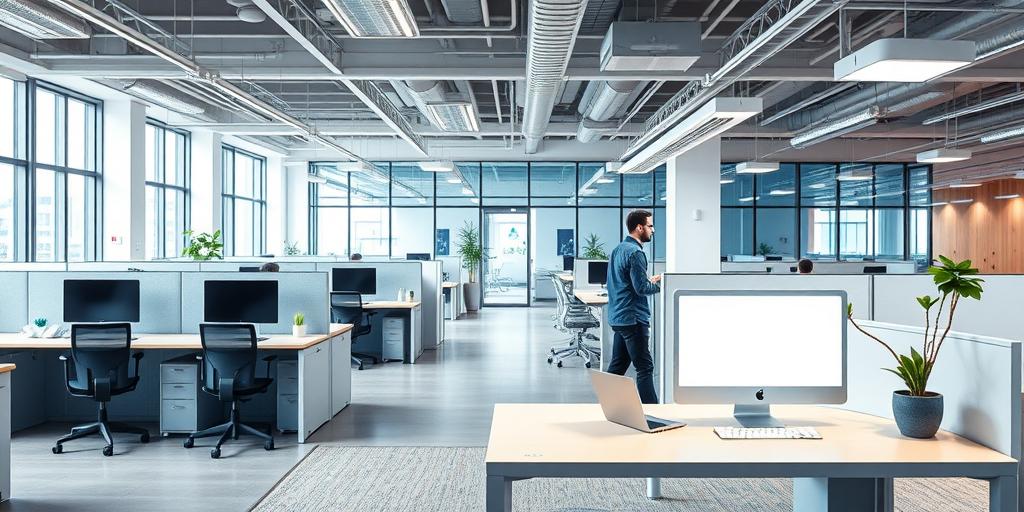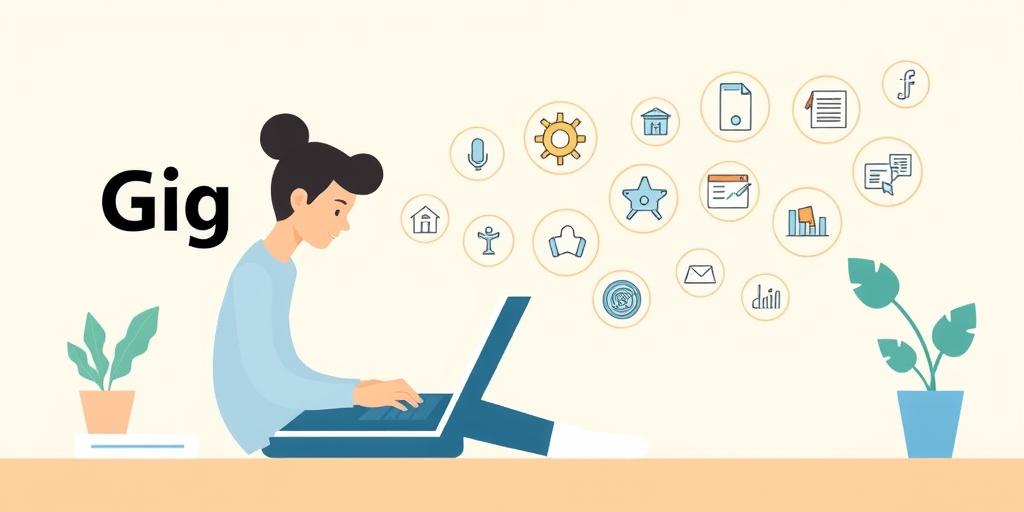The modern office has undergone a significant transformation over the past few decades. From the rigid structure of traditional cubicles to the open and collaborative environments of co-working spaces, the evolution of the office reflects changing work styles, technological advancements, and a greater emphasis on employee well-being.
The Rise of the Cubicle
In the mid-20th century, the cubicle became the standard office layout. Designed to maximize space and provide a degree of privacy, cubicles were seen as an efficient solution for growing office populations. However, they also led to feelings of isolation and a lack of interaction among employees. The physical barriers limited communication and collaboration, hindering the flow of ideas and innovation.
The Open Office Concept
As technology advanced and work became more collaborative, the open office concept emerged as an alternative to the cubicle farm. Open offices eliminated physical barriers, promoting transparency and communication. The idea was that employees could easily interact with one another, fostering a sense of community and teamwork. While open offices have their benefits, they also present challenges, such as increased noise levels and a lack of privacy.
The Co-working Revolution
In recent years, co-working spaces have gained popularity, offering a flexible and dynamic work environment. Co-working spaces provide a variety of workspaces, from private offices to shared desks, catering to the needs of freelancers, startups, and remote workers. These spaces often include amenities such as meeting rooms, communal kitchens, and social events, fostering a sense of community and collaboration. Co-working spaces have become hubs for innovation and networking, attracting individuals from diverse industries and backgrounds.
The Impact of Technology
Technology has played a crucial role in the evolution of the office. With the rise of laptops, smartphones, and cloud-based software, employees can work from anywhere, blurring the lines between the office and other locations. Video conferencing and instant messaging have enabled remote collaboration, making it easier for teams to work together regardless of their physical location. Technology has also facilitated the rise of remote work, allowing companies to tap into a global talent pool and reduce their reliance on traditional office spaces.
The Future of the Office
As we look to the future, the office is likely to continue to evolve. Hybrid work models, combining remote work with in-office presence, are becoming increasingly common. The office of the future may be a flexible and adaptable space, designed to support a variety of work styles and activities. Technology will continue to play a key role, enabling seamless collaboration and communication. Furthermore, there will be a greater emphasis on employee well-being, with offices incorporating features such as natural light, ergonomic furniture, and wellness programs.
In conclusion, the evolution of the office reflects changing work styles, technological advancements, and a growing emphasis on employee well-being. From the rigid structure of traditional cubicles to the open and collaborative environments of co-working spaces, the office has transformed significantly over the past few decades. As we look to the future, the office is likely to continue to evolve, adapting to the changing needs of workers and organizations.








